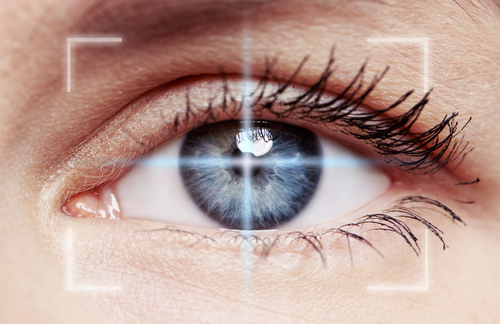Parkinson’s Limits Ability to Read Emotional Changes in Faces, Small Study Finds

Changes in facial expression are limited by Parkinson’s disease, and people with PD also are less able than others to read emotions expressed through facial changes or shifts in eye gaze, a study suggests.
Its researchers say this “impaired emotion recognition” may be related to problems patients have with social communication and empathy.
The study, “Measuring emotion recognition by people with Parkinson’s disease using eye-tracking with dynamic facial expressions,” was published in the Journal of Neuroscience Methods.
People with Parkinson’s often lack strong facial expressiveness, a condition sometimes referred to as facial masking or hypomimia. This can affect both their ability to express themselves and to recognize emotions in someone else, based on the idea that we recognize the emotions of others, in part, by mimicking them ourselves.
“The loss of facial movement in PD may therefore contribute to difficulties in recognising facial expressions of emotion,” the researchers, all with the University of Manchester, wrote.
Some studies have suggested that people with PD have difficulty recognizing emotions in others, but many of those studies tended to use static (unmoving) images of people’s faces.
Movement is a critical component of facial expressions — studies in young healthy adults suggest that it is generally easier to recognize emotion in a face that’s changing than a still one.
The researchers set out to investigate how motion impacts the ability to recognize facial expressions in people with PD.
They assembled two groups of people — one with mild to moderate idiopathic PD (17 people, mean age 63.2), the other without (9 people, mean age 71) — to view either static images or moving video of people making facial expressions of basic emotions (happiness, sadness, disgust, anger, surprise, or fear). The participants then had 10 seconds to select the appropriate emotional label.
Overall, there was a higher rate of correct emotional recognition for moving or dynamic than static faces (91.92% vs. 89.88%).
The type of emotion being displayed also significantly impacted recognition accuracy: except for anger, there was a lower overall accuracy for fear compared to all other expressions.
Researchers also calculated the effect of motion based on mean deviation (MD), which is essentially a measure of how different one set is from the overall average — in this case, moving faces compared to all faces, moving or not — with values further from zero indicating a greater difference.
In the non-PD group, dynamic faces had a significant impact on participants’ ability to recognize emotion, as evidenced by a mean deviation of 5.71. But among Parkinson’s patients, MD was zero — suggesting that movement did not at all aid their ability to recognize emotions via changing facial expressions.
The researchers also used eye tracking to measure where participants were looking as they completed their tasks, but no significant differences were found between the groups. This suggested that the participants tended to look at the same facial regions to detect emotional cues, regardless of whether they had PD or not.
Significant differences in viewing patterns were noted when participants looked at dynamic and static faces. When viewing dynamic faces, they tended to focus on certain areas — particularly the mouth — for longer stretches of time. Again, this pattern was generally similar in both groups.
“Consistent with findings from healthy young adults, we found higher accuracy rates for recognition of dynamic compared to static facial expressions in a control group of healthy older adults,” the researchers wrote. “In contrast, the PD group showed no significant advantage for dynamic expressions.
“This suggests that the loss of facial expressiveness in PD may impact upon the ability to utilise motion as a cue to facial emotion recognition.”
These researchers noted their study was very small and its results cannot be reliably generalized; its size may mean it’s not statistically powerful enough to detect subtle differences. In particular, they highlighted that there were many person-to-person differences, particularly in the PD group, that likely limited their ability to find significant differences between the groups as wholes. Further research is recommended.






